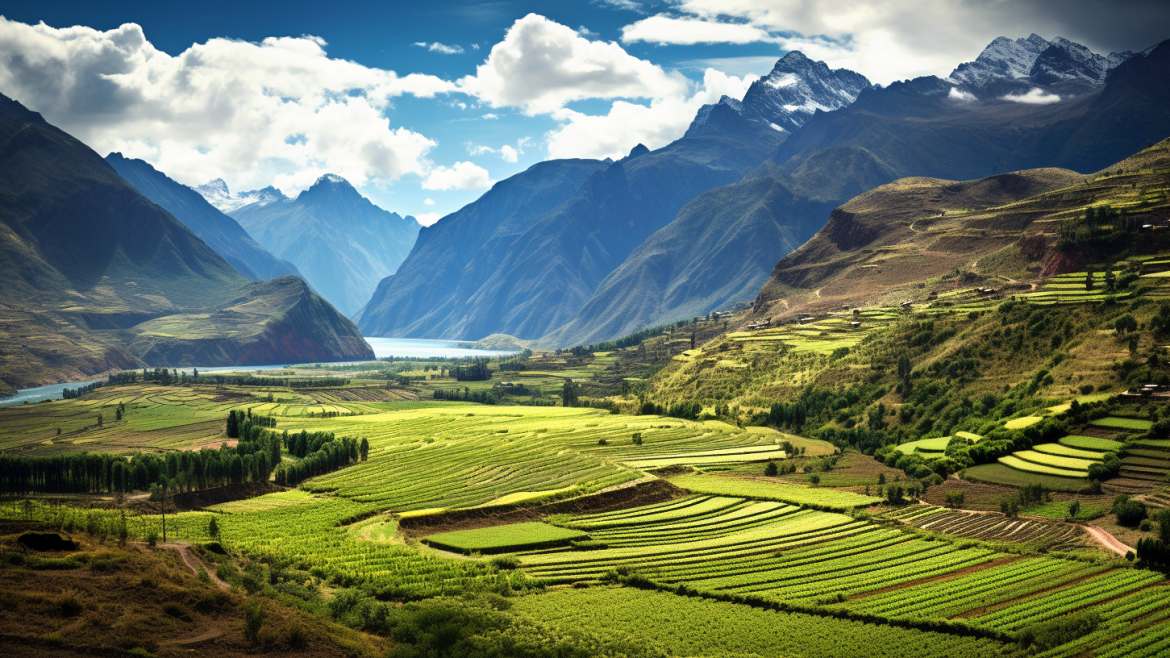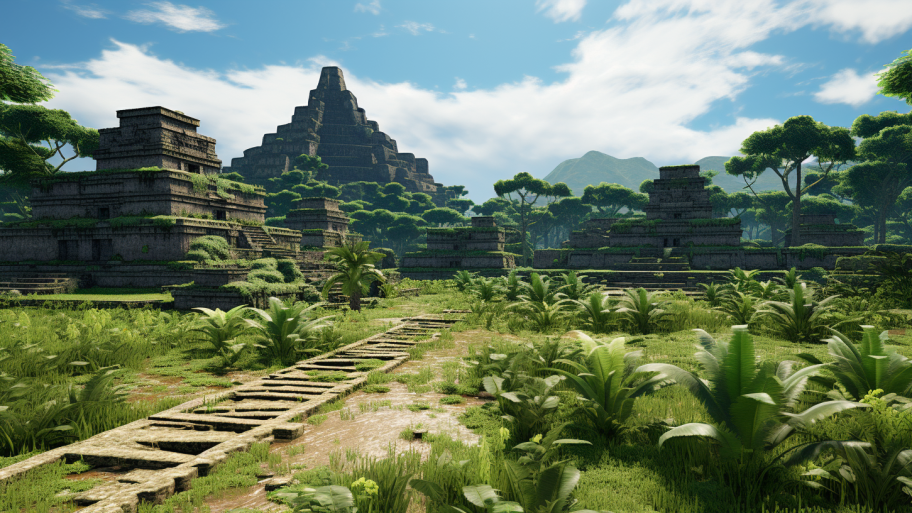The Andean region, with its steep slopes and diverse microclimates, posed significant challenges to agriculture. Despite these challenges, the people of the Andes, particularly the Incas, demonstrated remarkable innovation and adaptability by developing terrace farming. This method of agriculture transformed the mountainous landscape into a productive agricultural haven.
Terrace farming, also known as andenes or stepped agriculture, involved the construction of flat terraces on the steep slopes of the Andes Mountains. This ingenious agricultural technique allowed the Andean people to create more arable land and make the most of their limited resources. The terraces were typically built in a cascading, stepped design, with each level supported by retaining walls made from stone or adobe. The walls prevented soil erosion and retained moisture, promoting the growth of crops.
One of the most striking aspects of terrace farming was its ability to create unique microclimates on each level. By altering the altitude and aspect of the terraces, the Andean people were able to cultivate a wide variety of crops, from frost-sensitive plants at lower elevations to hardy, cold-tolerant varieties higher up the mountainside. This diversity in microclimates allowed for the cultivation of crops that would have otherwise been impossible to grow in the region.
The Incas further enhanced the productivity of their terrace farms by integrating sophisticated irrigation systems. They constructed complex networks of canals and aqueducts to distribute water evenly across the terraces. This not only allowed for efficient use of water resources but also minimized the risk of landslides and soil erosion.
Terrace farming in the Andes stands as a testament to the ingenuity and resourcefulness of the Andean people. Through this innovative method of agriculture, they were able to overcome the challenges of their rugged landscape, creating a sustainable agricultural system that provided food for their vast empire. The lasting impact of these terraces can still be seen today, as many continue to be farmed, while others have become popular tourist attractions, such as those in the Sacred Valley of Peru.
In the following sections, we will explore the importance of potatoes and other Andean crops and delve into Inca agricultural practices and their influence on modern farming.




